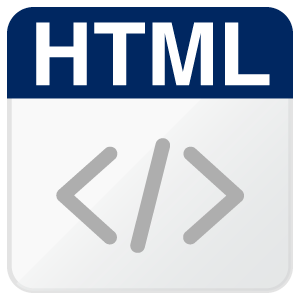在正确运行了uartecho例程基础上,为了进一步了解串口的配置参数,对例程中的参数进行修改测试
遇见了几个问题:
1.例程的思路是echo,为什么还要把 uartParams.readEcho = UART_ECHO_OFF?
2. 在读返回模式中
* @brief UART return mode settings
*
* This enumeration defines the return modes for UART_read() and
* UART_readPolling(). This mode only functions when in UART_DATA_TEXT mode.
uartParams.writeDataMode = UART_DATA_BINARY;
uartParams.readDataMode = UART_DATA_BINARY;
为什么例程在二进制模式下依然有效?
3.
uartParams.writeDataMode = UART_DATA_TEXT;
uartParams.readDataMode = UART_DATA_TEXT;
uartParams.readReturnMode = UART_RETURN_NEWLINE;
uartParams.readEcho = UART_ECHO_ON;
在这个参数组合下,为什么还能响应非换行符的数据?


